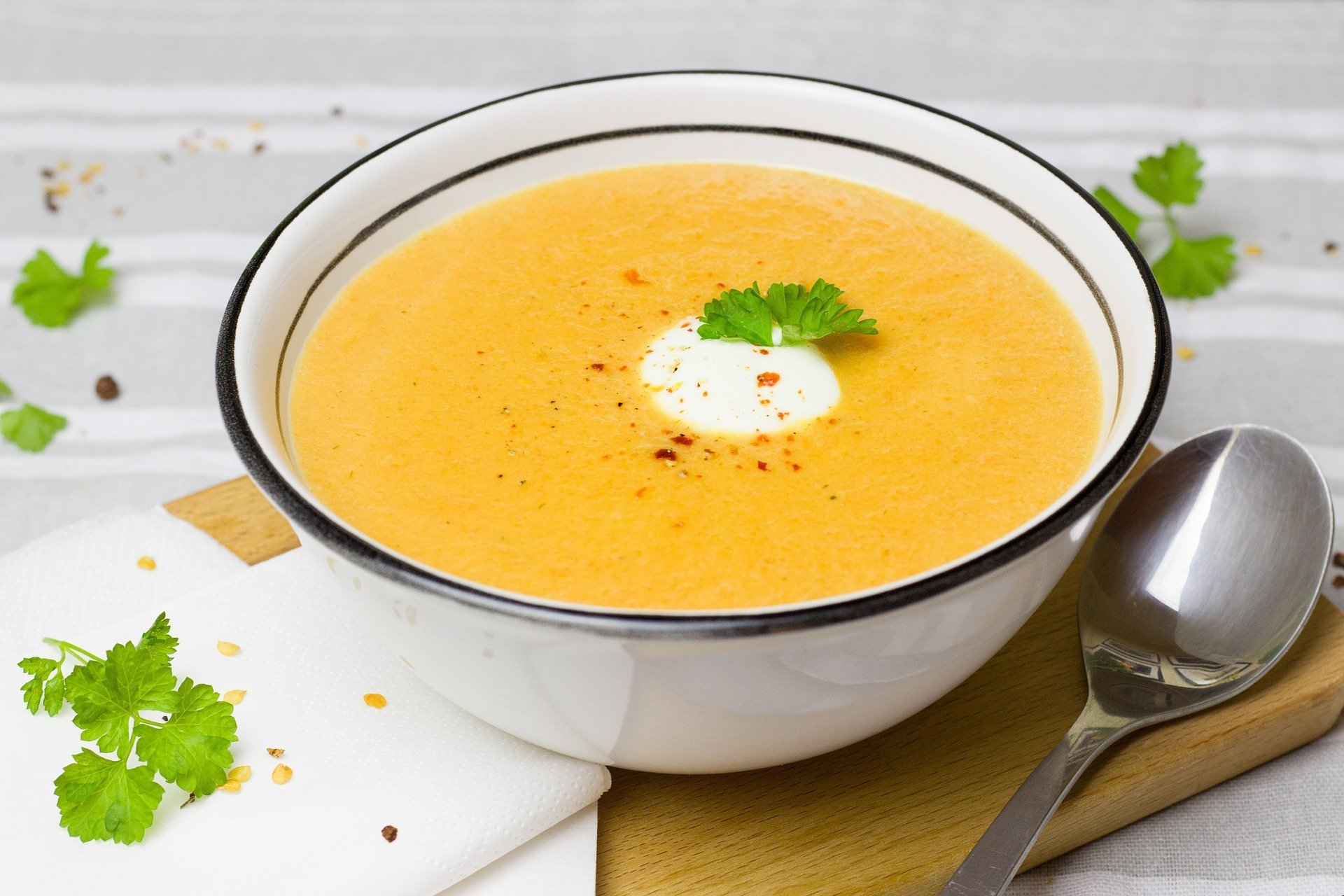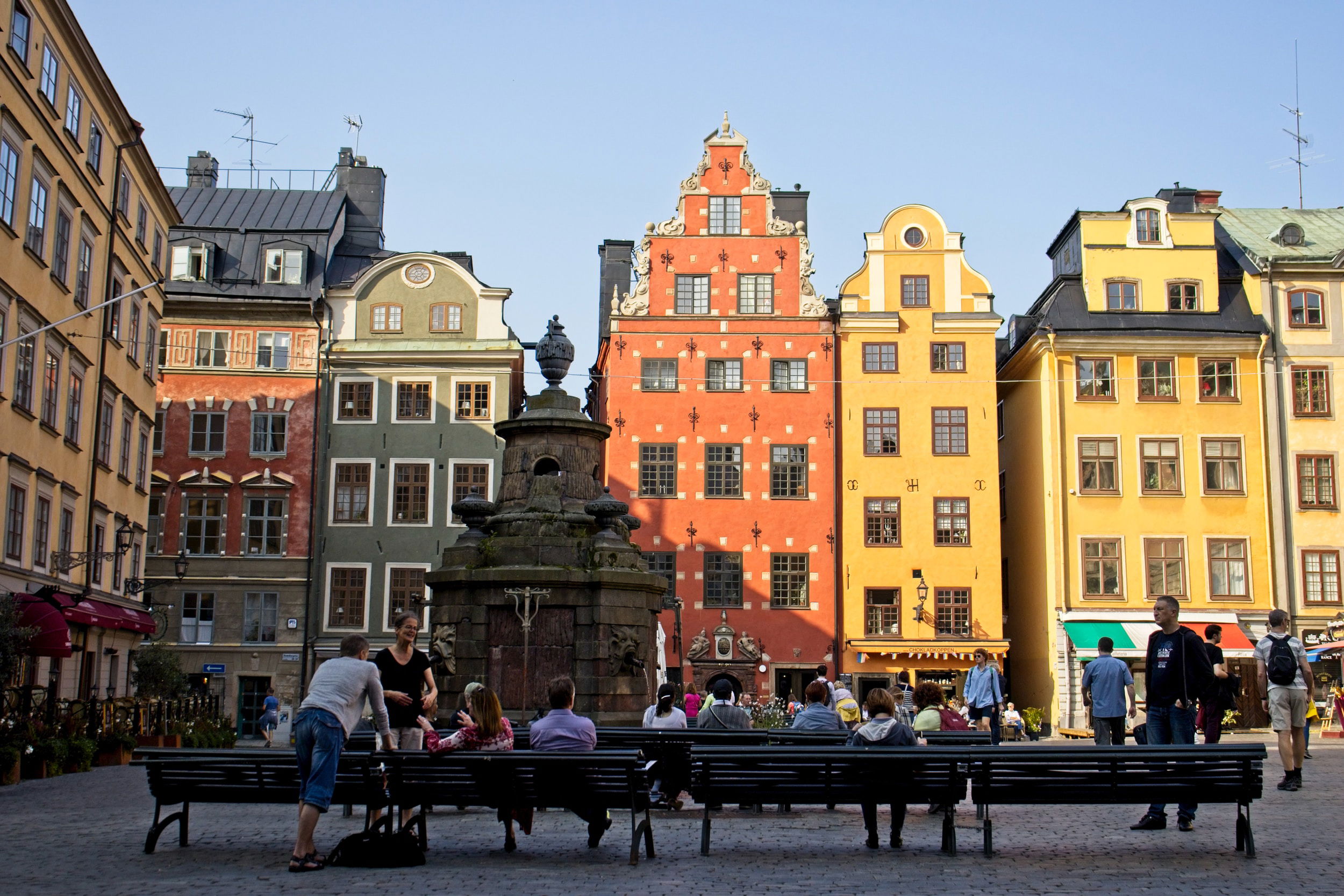Fresh Ginger in Swedish Cuisine
Ginger has been a staple ingredient in Swedish cuisine for centuries, adding a distinct flavor and aroma to traditional dishes. This versatile root is not only cherished for its culinary applications but is also highly valued for its medicinal properties.
Ginger is a common ingredient in many Swedish dishes, from savory meat dishes to sweet treats. In this article, we will explore the cultural significance of fresh ginger in Sweden and its various uses in traditional Swedish cuisine. We will also delve into the health benefits of this aromatic root and provide tips on how to incorporate it into your own Swedish-inspired dishes.

Introduction to Fresh Ginger in Swedish Cuisine
Ginger is a root that has been used for its medicinal properties for thousands of years. In Swedish cuisine, ginger has also become a popular ingredient for its unique flavor and health benefits. Fresh ginger, the kind you find in the produce section, is often used in Swedish dishes for its spicy and slightly sweet taste.
What is Fresh Ginger?
Fresh ginger is a root vegetable that is native to Southeast Asia. It has a tough outer skin that is light brown in color and a fibrous interior that is pale yellow. Fresh ginger is commonly used in cooking, baking, and as a natural remedy for various ailments. It can be grated, sliced, or minced to add flavor to dishes.

Cultural Significance of Ginger in Sweden
Ginger in Swedish History and Traditions
The use of ginger in Sweden can be traced back to the Middle Ages, when it was used for medicinal purposes. In Swedish folklore, ginger was believed to have healing properties and was used to treat various ailments, including colds and digestive issues.
Ginger in Modern Swedish Culture
Today, ginger is a common ingredient in Swedish cuisine. It is used to add flavor to everything from baked goods to savory dishes. Swedish ginger snaps, or pepparkakor, are a popular holiday treat that is often enjoyed with a cup of coffee or hot chocolate.

Health Benefits of Fresh Ginger in Swedish Diet
Anti-inflammatory Properties
Fresh ginger contains compounds that have anti-inflammatory properties. This makes it an effective natural remedy for conditions such as osteoarthritis and rheumatoid arthritis.
Relieving Digestive Issues
Ginger is known to soothe the digestive system and relieve nausea. It can also be used to treat indigestion and bloating.
Boosting Immune System
Fresh ginger contains antioxidants that help boost the immune system. It is also a natural antibacterial and antiviral agent, which makes it an effective remedy for fighting off colds and flu.
How to Incorporate Fresh Ginger into Swedish Dishes
Preparing Fresh Ginger for Cooking
To prepare fresh ginger for cooking, first, wash it and peel off the skin using a vegetable peeler or a spoon. Then, you can grate, slice, or mince it as needed for the recipe.
Common Uses of Fresh Ginger in Swedish Cuisine
Fresh ginger is a common ingredient in many Swedish dishes, including ginger snaps, gingerbread, and glögg (Swedish mulled wine). It is also used in savory dishes such as meatballs and stir-fries.
Pairing Ginger with Other Swedish Ingredients
Fresh ginger pairs well with many other ingredients commonly used in Swedish cuisine, such as lingonberries, cardamom, and cinnamon. These flavors blend together to create a unique taste that is distinctively Swedish.

Traditional Swedish Recipes Featuring Fresh Ginger
Fresh ginger might not be the first ingredient that comes to mind when you think of Swedish cuisine. However, this aromatic root has slowly but surely found its way into traditional Swedish recipes, adding a spicy kick to sweet and savory dishes alike. Here are three delicious examples:
Ginger Snaps
Scandinavian-inspired ginger snaps are a beloved treat in Sweden, especially during the holidays. To make these crunchy cookies, you'll need fresh ginger, along with other staples like flour, sugar, and butter. The ginger adds a warming flavor and aroma that perfectly complements the sweet and buttery cookie base. Serve them with a hot cup of tea or coffee for the ultimate cozy experience.
Gingerbread Cookies
Another classic Swedish cookie that benefits from the addition of fresh ginger is gingerbread. The spicy and fragrant ginger pairs well with the molasses and spices typically used in gingerbread recipes. These cookies are often shaped into hearts or stars and decorated with icing or small candies. Baking and decorating gingerbread cookies is a cherished holiday tradition in Sweden.
Glazed Ham with Ginger and Mustard
If you're looking to add some zing to your main course, look no further than this glazed ham recipe. The glaze features fresh ginger, along with mustard, honey, and cider vinegar. Brushed onto a cooked ham and baked for a short time, the result is a succulent and flavorful dish that's perfect for any special occasion.

Where to Find Fresh Ginger in Sweden
Wondering where to buy fresh ginger in Sweden? Here are a few options to consider:
Supermarkets and Specialty Stores
Most major supermarkets in Sweden carry fresh ginger, either in the produce section or in the Asian food aisle. In addition, there are several specialty stores and online retailers that offer a wider variety of fresh ginger, including organic and imported options.
Outdoor Markets and Farmers' Markets
For a more unique and local shopping experience, check out outdoor markets and farmers' markets. Many of these markets have vendors that sell fresh ginger, along with other seasonal produce and handmade items. Plus, you'll get to enjoy the bustling atmosphere and support small businesses at the same time.

Growing and Harvesting Ginger in Sweden
Believe it or not, you can even grow your own fresh ginger in Sweden, although it does require some effort and attention. Here are some tips for growing ginger in Sweden:
Ginger Varieties That Grow Well in Sweden
When choosing ginger to grow, look for varieties that are known to thrive in cooler climates. Some popular options include Chinese ginger and Galangal ginger. You can purchase ginger seeds or small ginger root pieces to plant.
Tips for Growing Ginger in Sweden's Climate
Ginger plants need plenty of warmth, moisture, and sunlight to grow properly. When planting your ginger, choose a spot in your garden that gets direct sunlight for at least a few hours a day. Ginger also needs well-draining soil and regular watering. You can start the plants indoors in pots and then transplant them outside once the weather warms up. Harvest the ginger once the leaves start to turn yellow.
Conclusion: Ginger's Role in Swedish Culinary Culture
Overall, fresh ginger might not be a traditional ingredient in Swedish cuisine, but it has certainly made its mark in recent years. From gingerbread cookies to glazed ham, ginger adds complexity and depth to many beloved Swedish dishes. Whether you buy it at the supermarket or grow it in your own garden, fresh ginger is a versatile and flavorful addition to any kitchen.
The use of fresh ginger in Swedish cuisine adds a unique flavor profile to traditional dishes while also providing numerous health benefits. Whether used in sweet or savory dishes, ginger has a long-standing cultural significance in Sweden and remains a popular ingredient for cooks and chefs alike. With its versatility and availability, it's easy to experiment with fresh ginger in your own kitchen and discover new ways to incorporate this flavorful root into your cooking.

FAQ
Can I use ground ginger instead of fresh ginger in Swedish cooking?
While fresh ginger provides a much more potent flavor and aroma, ground ginger can be used as a substitute in most Swedish recipes. However, keep in mind that the flavor may not be as strong, and it may alter the texture of the dish.
What are some common Swedish dishes that use ginger?
Ginger is commonly used in Swedish cuisine to flavor meat dishes, such as glazed ham with ginger and mustard. It is also a primary ingredient in Swedish ginger snaps and gingerbread cookies. Additionally, fresh ginger is often used to add a unique flavor to pickled herring and other traditional Swedish dishes.
Can I grow ginger in Sweden?
Yes, it is possible to grow ginger in Sweden, but it may be more challenging due to the country's cooler climate. It is best to plant ginger in a greenhouse or indoor environment where you can control the temperature and humidity levels. Keep in mind that ginger takes several months to mature, and it requires regular watering and fertilization.
What are some health benefits of consuming fresh ginger?
Fresh ginger has numerous health benefits, including reducing inflammation in the body, aiding in digestion, and boosting the immune system. Additionally, it has been shown to help lower blood sugar levels, reduce nausea and vomiting, and even help alleviate menstrual pain.
